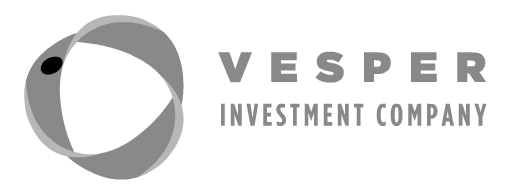VALUATION
Valuation is affected by a variety of factors. Depending on the prevailing financing environment, the asset base can be a factor. In a transaction where the buyer is using leverage (borrowing a portion of the purchase price), a high asset base can increase the debt financing available, the returns to the equity and, thereby, the valuation.


